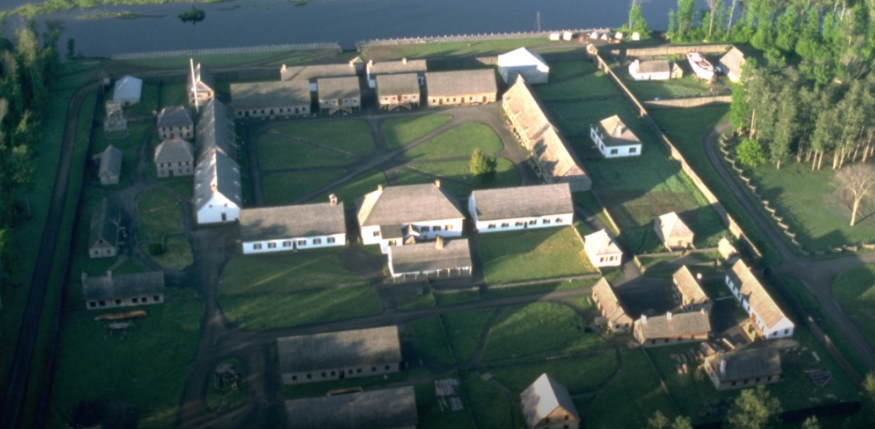THUNDER BAY – Fort William Historical Park, one of Thunder Bay’s top attractions, is again welcoming visitors after closing its doors due to COVID-19 for more than six months.
The move comes as Ontario moves into Step 2 of the provincial government’s reopening framework on Wednesday, allowing outdoor facilities like the historical park to open at 25 per cent capacity.
While restrictions will keep most buildings closed (the visitor centre and washrooms remain available), they leave room for thousands of visitors to enjoy slightly modified tours and wander the park’s expansive grounds, said acting general manager Patrick Morash.
Buildings will be opened, and more events and activities allowed, when the province enters Step 3, which could come as soon as July 21.
Though reopening comes just in time for Canada Day, Morash said the park will be joining surrounding communities like Thunder Bay and Fort William First Nation in foregoing celebrations, decisions made in the wake of ongoing discoveries of undocumented deaths at Indian Residential Schools.
“We have no special plans for Canada Day,” he said. “We’re going to be open, but there will be no special events here.”
Past years have seen the occasion marked with entertainment, activities, and cake at the park, which is operated by Ontario’s Ministry of Heritage, Sport, Tourism and Culture Industries.
The decision comes along with what Morash said is a larger shift to focus on Indigenous history, technology, and culture at the historical park.
“The Indigenous culture has always played a very significant part of the fur trade, the creation of Fort William and what eventually became Thunder Bay,” he said. “For us here at the fort, we want to spend more time and effort focusing on the significant contributions of technology, culture, and heritage of the Indigenous people not only here at the site, but in the area as well.”
“It’s about an increased awareness for us as an organization, but it’s also an opportunity for us to share that with our visitors.”
The shift will be reflected in the park’s programming and in improvements to the park’s Anishinaabe encampment, he said.
The park, which typically operates year-round, has been closed since December. It used that time to make fixes to its buildings, including a new roof on one of its barns.
Work is also proceeding on schedule for a multi-million dollar access road that will form a new entrance to the park, including a multi-use trail. It’s expected to open in early fall, and will help ease traffic congestion during large events.
With all the time closed, Morash is hopeful residents and visitors will embrace the opportunity to return.
“I hope there’s a bit of pent up demand,” he said. “Really all you need to do is look around anywhere in the community where there are outdoor spaces, and there’s been huge demand.”
The park isn’t planning any major events over the summer, but is hoping to proceed with its traditional haunted fort night in October, pending the public health situation.
